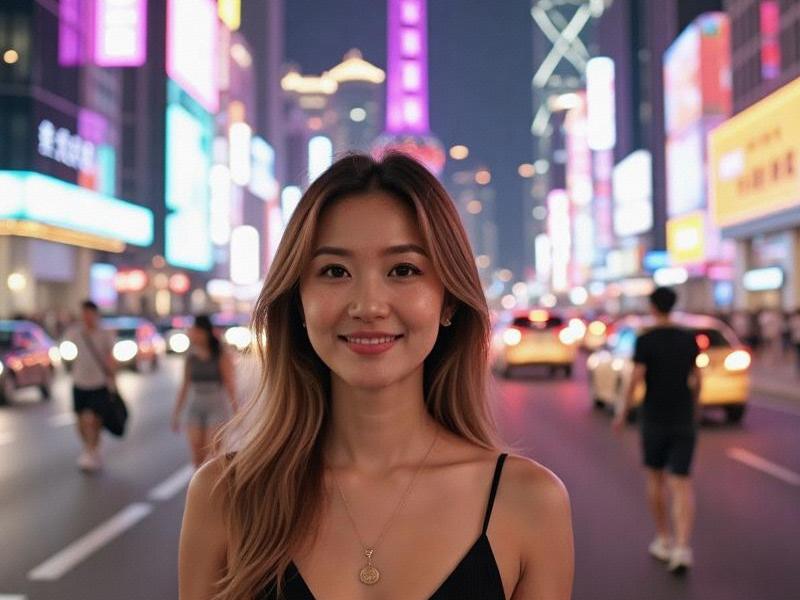
Section 1: Historical Foundations (1843-1990)
1.1 The Jazz Age Precursors
- The Carlton Cafe (1926) as prototype for Western-style entertainment
- Russian émigré influence on Shanghai's cabaret culture
- "Taxi dancers" and the birth of hostess culture
1.2 Socialist Transformation
- 1950s conversion of nightclubs to worker recreation centers
- Underground dance parties during Cultural Revolution
- First licensed karaoke bars in 1988 Huangpu District
Section 2: Economic Boom Era (1990-2010)
上海龙凤论坛419 2.1 The KTV Revolution
- Taiwanese investment creating luxury chain stores
- Microphone technology advancements transforming singing culture
- VIP room economics and the "minimum spend" system
2.2 Global Integration Challenges
- 2001 WTO entry bringing international competition
- Clampdown on "improper services" (2006-2010)
- Rise of membership-based private clubs
Section 3: Current Market Dynamics (2020-2025)
上海娱乐 3.1 Post-Pandemic Innovations
- Contactless ordering in 94% of premium venues
- AI-powered acoustic systems adapting to crowd density
- Hybrid virtual/physical club experiences
3.2 Regulatory Tightening
- Facial recognition entry systems mandated since 2022
- Strict alcohol serving time restrictions
- New "civilized entertainment" certification program
Section 4: Cultural Significance
爱上海同城对对碰交友论坛 4.1 The Shanghai Model
- Comparison with Beijing's more political club scene
- Guangzhou's business-focused entertainment culture
- How local tastes shape international chains
4.2 Future Projections
- Sustainable cocktail programs gaining traction
- VR extensions of physical venues
- Increased corporate entertainment spending
Conclusion: Shanghai's Third Golden Age
As the city's entertainment industry enters a new phase of sophistication, it continues to set trends for urban nightlife across Asia while navigating complex regulatory and cultural expectations unique to China's most cosmopolitan metropolis.
